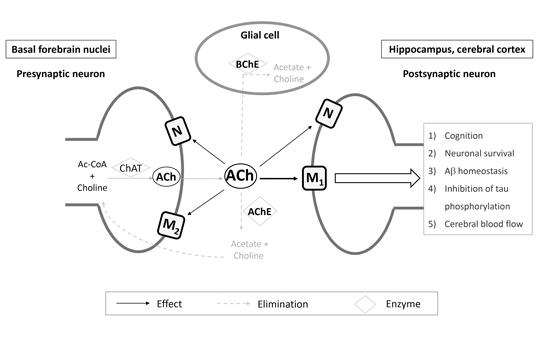[The new coronavirus, SARS-CoV-2, which causes the COVID-19 disease can lead to severe acute respiratory distress syndrome (ARDS). It poses a serious challenge to the health care system, especially intensive care. Neurological patients, usually of advanced age and with
a myriad of comorbidities, are at particular risk through the impact of the new coronavirus on their condition and nutritional capacity. Stroke is a leader in morbidity and mortality data, with a focus on dysphagia and its complications due to COVID-19 disease and acute cerebrovascular accident. In the acute phase of stroke, 30-50% of patients suffer from dysphagia, which still shows a prevalence of 10% six months later. Dysphagia results in decreased or insufficient fluid and nutrient uptake, supplemented by inactivity, leading to malnutrition and sarcopenia, which worsens overall condition, outcome, and rehabilitation efficiency. Screening and early detection of swallowing disorders is a fundamental issue in order to develop a personalized and timely-initiated nutritional therapy strategy. Nutritional therapy plays a key role in frequent intensive care due to COVID-19 disease, where it increases the chances of recovery and reduces the length of stay in the intensive care unit and mortality. This is especially true in critically ill patients requiring prolonged ventilation. In COVID-19 diagnosed patients, screening for dysphagia, bedside assessment, and instrumental examination, followed by swallowing rehabilitation, are of paramount importance. Stroke can also be a complication of the COVID-19 infection. Care for cerebrovascular patients has also adapted to the pandemic, “triazination” has become systemic, and dysphagia screening for stroke patients and nutritional therapy adapted to it have also shed new light. ]





COMMENTS
0 comments